Imaging a civilized world without considering clothing accessories is quite impossible as clothing plays a vital role in our daily lives.
From making a complete garment to packaging it, trims and accessories both have been used as inaugural parts. Together, they constitute a big portion of the garment process, both in terms of production and delivery to the customer. However, many people aren’t aware of the key differences between trims and accessories. This article will explore the different types of trims and accessories and how we use them in garment design and production.
What are Trimmings?
Any raw materials or components used in garments except the main fabric are referred to as trims. Along with the primary fabric, trimmings are made from various raw materials that are directly attached to the body of the garments by sewing, pressing, or heat setting.
Types of Trims
Fashion has reshaped the world in a short period. It’s a day-to-day lifestyle that became phenomenal after the late 80’s. It involves choosing our daily outfits in addition to current trends as well.
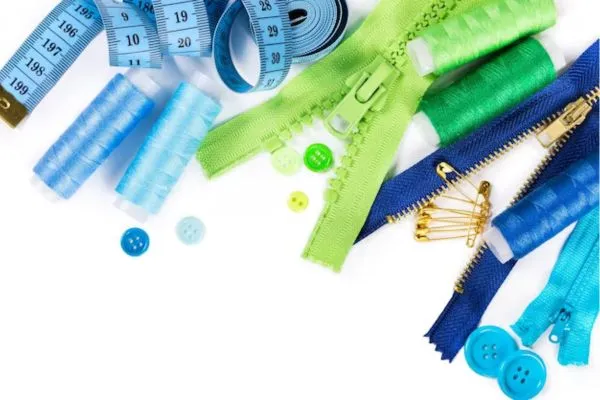
From buttons to eye-catching motifs, the zipper on the sides, sewing threads for stitching garments, interlining, etc, jump out at us when we imagine fashion. Trims or trimmings are categorized into two types: visible trimmings and invisible trimmings.
Visible Trimmings:
Trims, as the name signifies, are visible outside the clothing, such as buttons, labels, sewing thread, zipper, velcro, etc.
Invisible Trimmings:
Invisible trims can’t be seen from the outer side of the garments as they are attached to the inner side of the garments, like interlining, lining, etc.
What are Accessories?
Accessories are types of material used for the finishing touch of our apparel products. Unlike trims, accessories don’t have a functional purpose. In other words, accessories refer to items worn and carried along with the apparel to complete an outfit. Plastic bags, polybags, hang tags, boxes, stickers, etc., are garment accessories.
Types of Accessories
Accessories are generally used for finishing, decorating, pricing, packing, and making clothing more exquisite and perfect for wearing. There are a few types of accessories we see in our clothing.
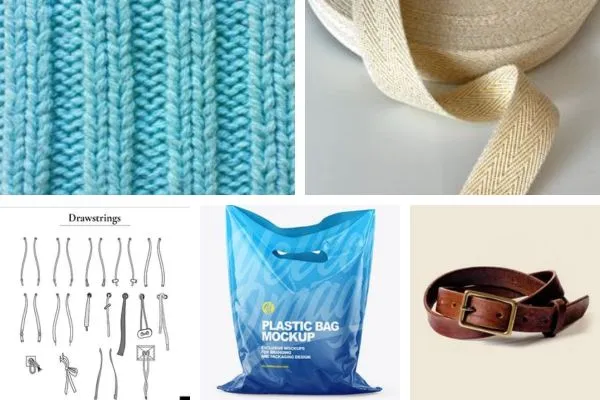
Finishing Accessories:
- Main Label
- Size Label
- Wash care label
- Polybag
- Carton
- Sewing Thread
Printed Accessories:
- Pigment
- Rubber
- Plastic Salt
- Sugar Print
- Gel Print
List of Trimmings for Shirt:
- Buttons: Collar buttons and cuff buttons. Metal, wood, plastic, horn etc are materials used in buttons.
- Placket
- Seams
- Hem
- Motif
- Sewing Threads: (50s to 80s) Cotton threads, Polyester thread, Cotton-Poly blend thread, Stretch thread etc.
- Label: Main label, price label, wash label & size label.
List of Accessories for Shirt & Pants:
- Neck board,
- Plastic collar insert,
- Hangtag,
- Ball headpin,
- Tissue paper,
- Polybag,
- Carton,
- Safety sticker
- String,
- Hanger
- Collar stays,
- Price ticket,
- Gum tape,
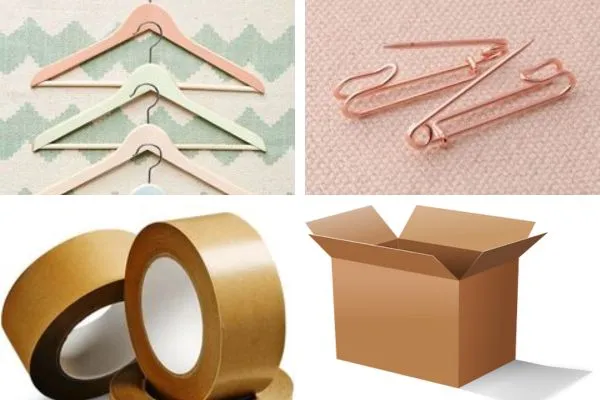
List of Trimmings for T-shirt:
- Neckline
- Sleeve
- Hem
- Seam & Stitching
- Labelling & Branding
- Motif
- Embroidery logo
List of Accessories for the T-shirt:
- Hanger
- Butterfly
- Collar stays
- Price ticket
- Gum tape
- Bruss pin
- Tag pin
- Safety pin

Trimmings and Accessories used for making a pant:
List of Trimmings:
- Buttons: 12L to 30L (1 ligne = 1/40th of an inch).
- Zippers: Typically made of metal(aluminum, brass, or nickel) & plastic. Typical sizes for pant zippers range from 5 inches to 9 inches.
- Hook and eyes: Common sizes are around ¾ inch(1.9 cm) in length and ¼ inch(0.6 cm) in width.
- Belt loops: Belt loops are fabric loops attached to the waistbands of pants.
- Fusible interlinings
- Sewing Threads: A common thread count for pants is around 40s to 60s.

Examples of (Denim) Jeans Pant:
List of Trimmings:
- Rivets
- Buttons
- Fly & Fasteners
- Belt Loops
- Leather Patches
- Pockets ( front curved pockets & watch pocket
- Seams and Stitching ( cotton-polyester core spun threads)
Key Difference between Trimmings and Accessories
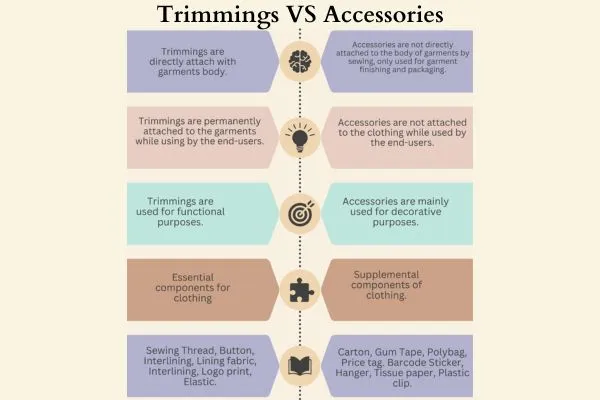
Trims and accessories list with pictures
Sewing Thread: Sewing threads are special kinds of yarns used as a mandatory trim for clothing products to combine two or more fabric pieces. It ensures the functional properties of garments by securing the seams with adequate strength. Sewing threads are basically manufactured by applying twists in short fibers or by continuous filament yarns. These threads are designed to pass through any sewing machine smoothly. Both natural and synthetic fibers can be used to make sewing thread.
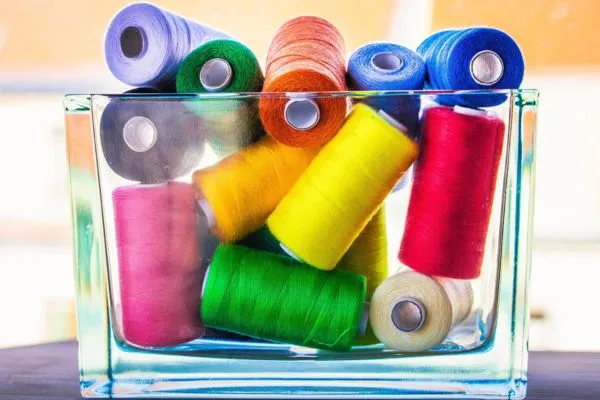
Button: Buttons are small, more likely roundy, disc or knob-type objects that can be sewn onto clothing or other textiles. It is a fastener that joins two pieces of fabric together by slipping through a loop or by sliding through a buttonhole. Buttons are commonly made from materials like plastic, metal, wood, shell, etc. They are also used on clothing or other items to add visual interest.
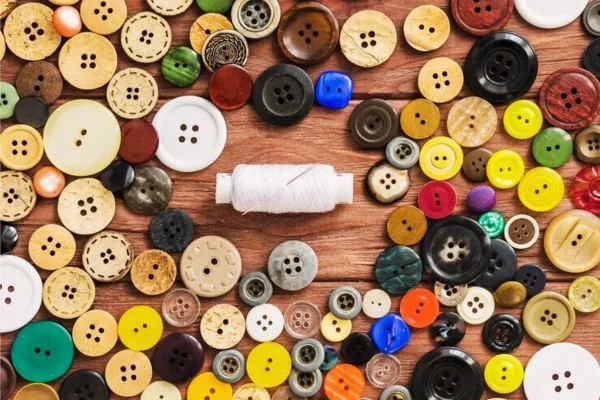
Zipper: A fastening or unfastening device commonly used to open or close parts of clothing or other textile stuff. A zipper basically binds two edges of fabric together for the functional purpose. Two interlocking teeth or coils are connected to a fabric tape strip, which is facilitated by opening and closing the cloth. The zipper consists of some parts such as tape, chain, slider, top/bottom stop, and pull tab.
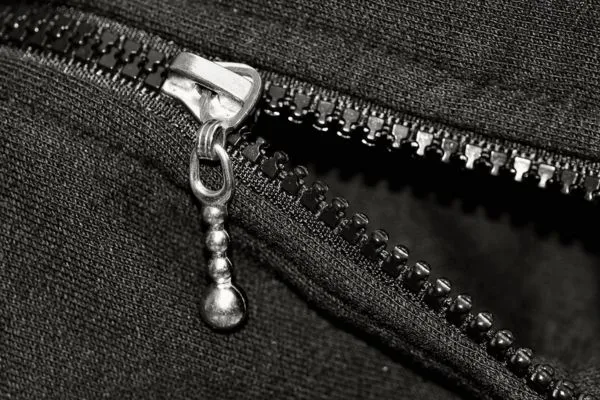
Snap Button: A snap fastener, also called a snap button or press button, is a pair of interlocking discs commonly made out of metal & plastic. These buttons have two parts, a ball, and a socket, attached to opposed cloth parts and used to grab the meeting edges.
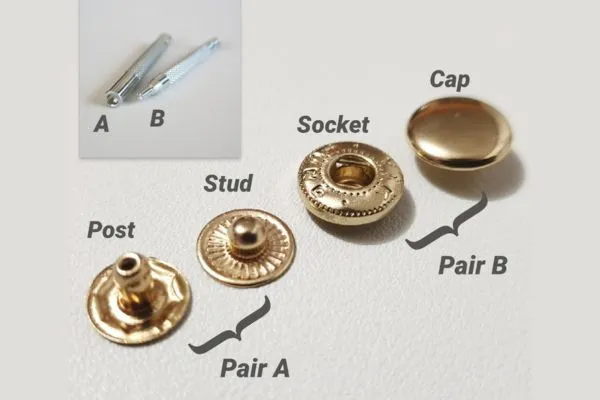
Lining: Lining one type of fabric layer that is sewn into the inner surface of a garment, usually the sleeves, jackets, coats, skirts, or pants. It covers the inner surface, especially when the inner layer of clothing is made out of materials different from the outer surface.
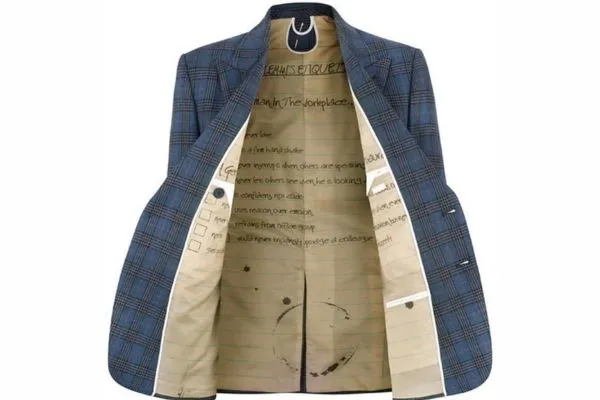
Interlining: Interlining is a trim, which is basically a kind of knitted, woven, or non-woven fabric used between two layers of fabric in a garment to support, reinforce, and maintain the durability of clothing.
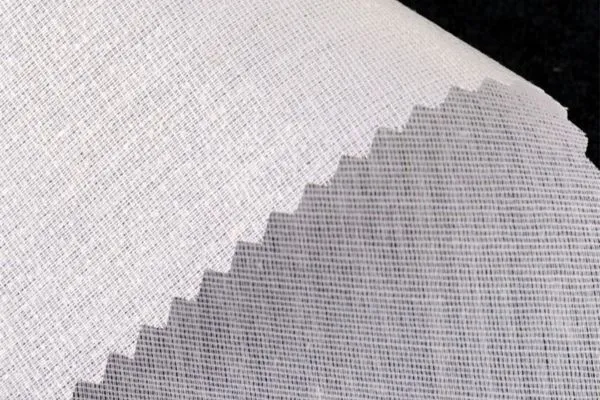
Patch: Patches are used to cover up holes in clothes and other fabric items, sewn on with a needle and thread.

Labels: A garment label is important as it communicates between the consumer and the product. Various types of information can be seen on the garment label, such as country of origin, buyer name, types of fabric and yarn, fabric composition, care label, etc.

Velcro: Velcro is a fastener consisting of a hook and a loop for connecting objects.
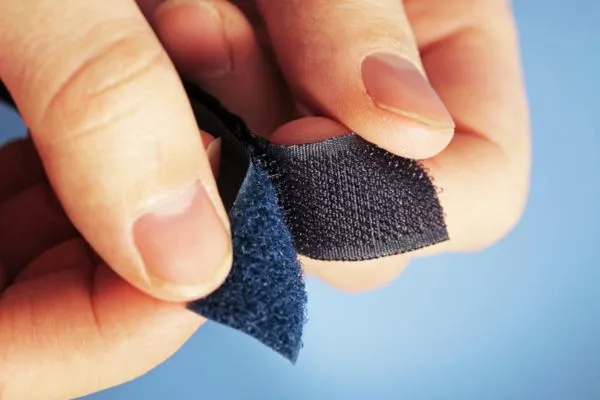
Embroidery: Embroidery design is a craft used for decorating fabrics or other materials using a needle to apply different types of yarn or thread. This fascinating craft also incorporates other materials like beads, pearls, and sequins.
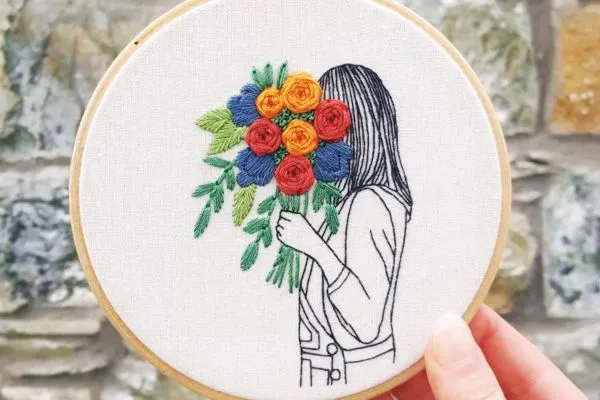
Applique: Applique, derived from the French word applique, “to put on,” is an ornamental needlework in which one or more fabric patches in different shapes and patterns are sewn or layered on a foundation fabric to form a picture.
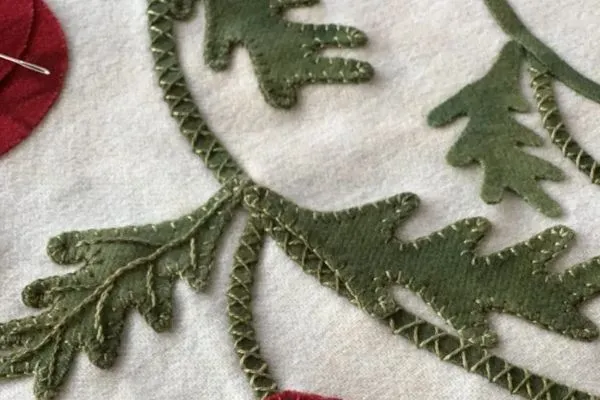
Sequins
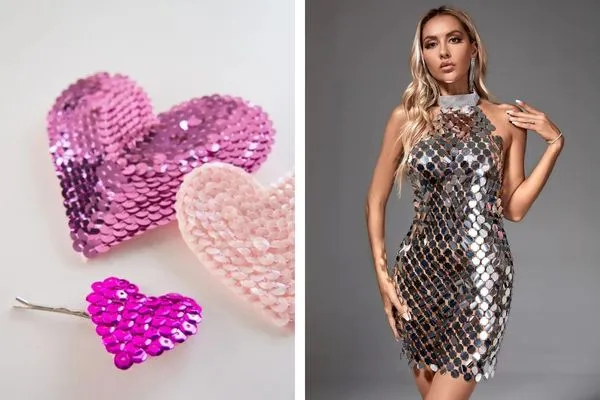
Drawstring

Glitter
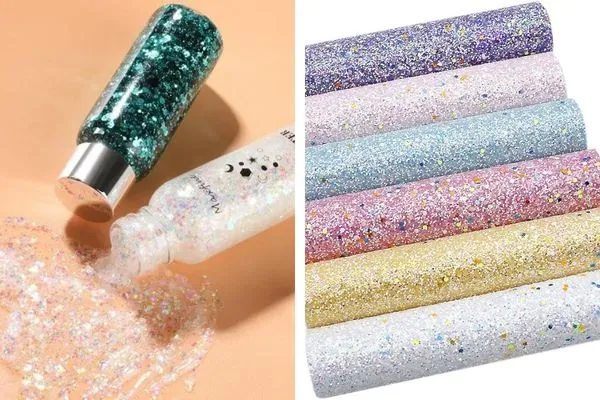
Rhinestones

Waist Ties

Bows

Fringe
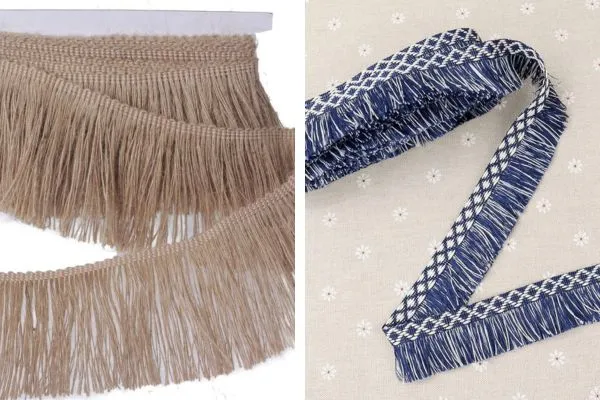
Pom Pom
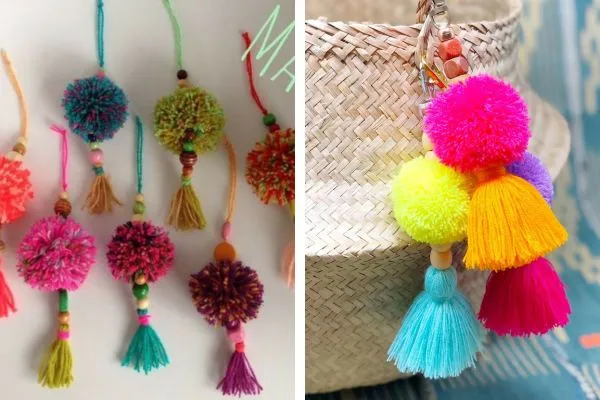
Tassel
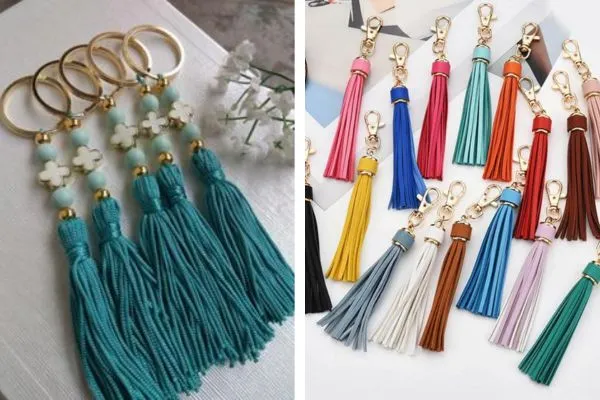
Eyelet or Grommet
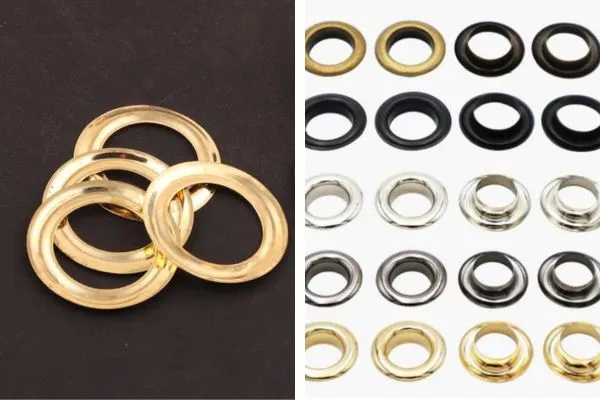
Hook and Eye
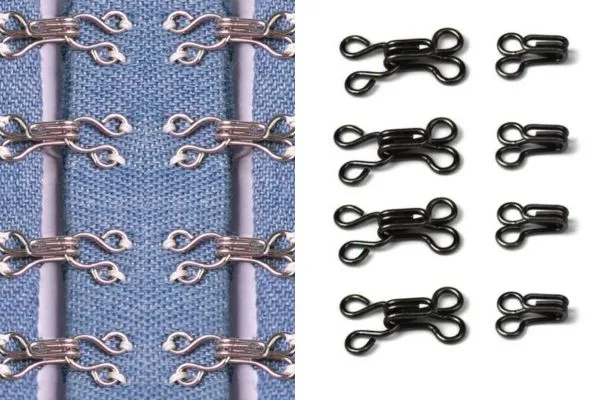
Beads

Padding

Elastic
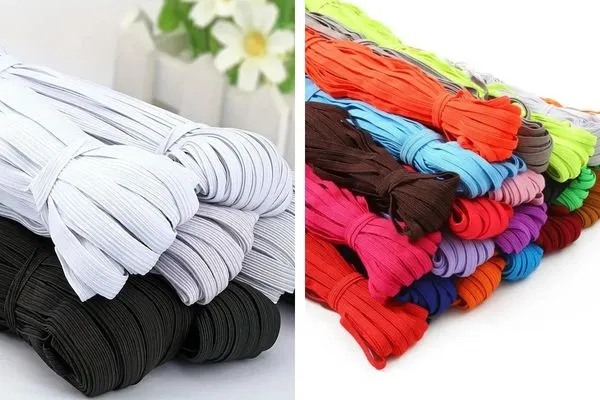
Lace Fabric
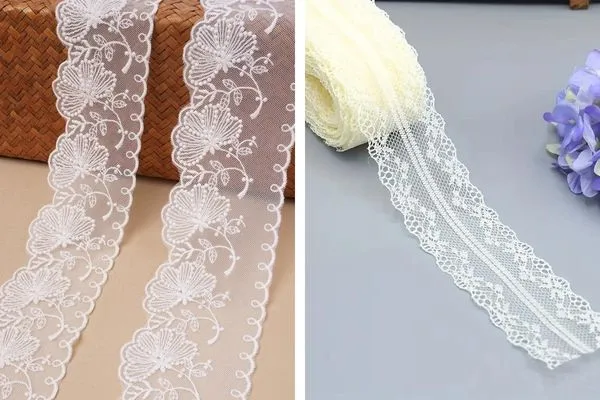
Twill Tape
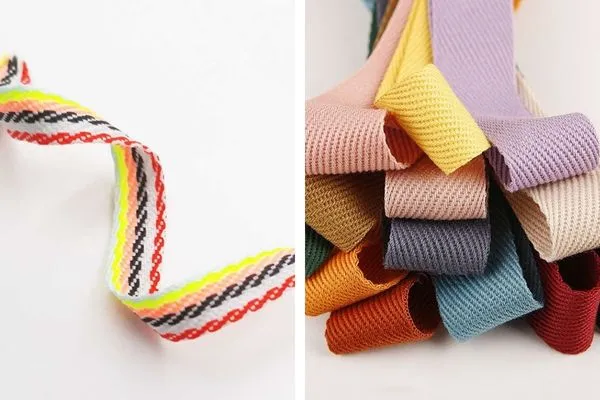
Rib
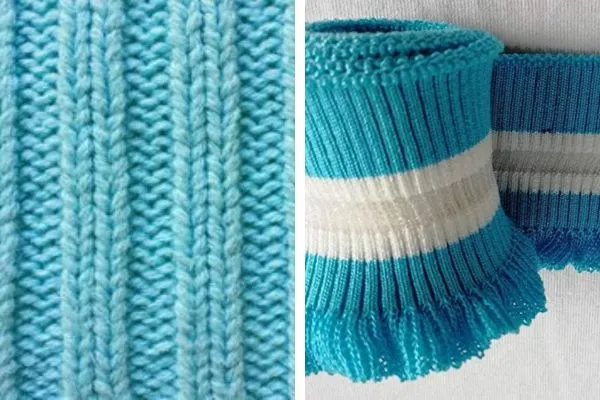
Belt

Hanger

Safety Pin

Scotch Tape
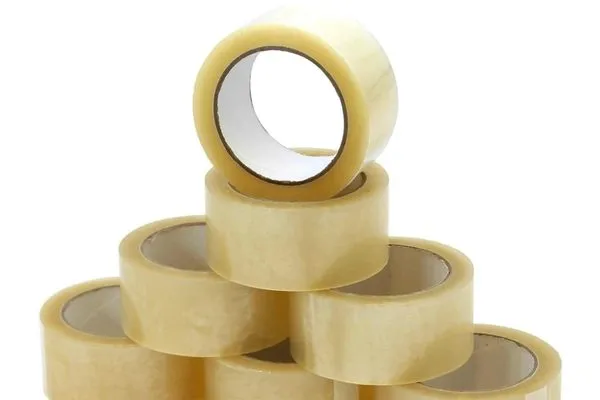
Carton

Polybag

Importance of Trims and Accessories in Garments
Trims and accessories play a significant role in terms of the aesthetics and functional appeal of a garment. Trims and accessories are used as a finishing touch to clothes and to reflect the value, visions, and a fashionable world. These things make a garment more visually attractive and desirable to consumers. Trims and accessories improve the functionality of a garment, making it more comfortable and easier to use. They also assist in branding and marketing the clothing product. Trims and accessories are more than just decorative materials. They express creativity, craftsmanship, innovation, and quality of a garment in the textile industry.
References
- Mayedul Islam. Merchandising: online library for merchandisers. What Are The Difference Between Trimmings and Accessories [Internet]. 2017. [ cited 2024 Feb 9]. Available from: https://garmentsmerchandising.com/difference-between-trimmings-and-accessories/
- Ordnur: textile and finance. List of Trimmings and Accessories Use in Garments [Internet]. 2020. [cited 2024 Feb 9]. Available from: https://ordnur.com/textile/list-of-trimmings-and-accessories-use-in-garments/
- Clothing labels. cn. List of Trimmings and Accessories with Pictures [Internet]. 2022. [cited 2024 Feb 9]. Available from: https://www.clothinglabels.cn/garment-trims-and-accessories/
- TextileSchool. Trims and Accessories in Garment Making [Internet]. 2022. [cited 2024 Feb 9]. Available from: https://www.textileschool.com/249/trims-and-accessories/
- Google art and culture. Embroidery [Internet]. [cited 2024 Feb 9]. Available from: https://artsandculture.google.com/entity/embroidery/m02qfx?hl=en
- Sarina Tariq. SewGuide. What Is Embroidery – An Overview [Internet]. [cited 2024 Feb 9]. Available from: https://sewguide.com/what-is-embroidery/
- The Quilt Show. What is Applique? [Internet]. [cited 2024 Feb 9]. Available from: https://thequiltshow.com/quiltipedia/what-is-applique
- La Creative Mama. How to Applique – Beginners Guide to Fabric Applique [Internet]. 2021. [cited 2024 Feb 9]. Available from: https://lacreativemama.com/how-to-applique-beginners-guide/
